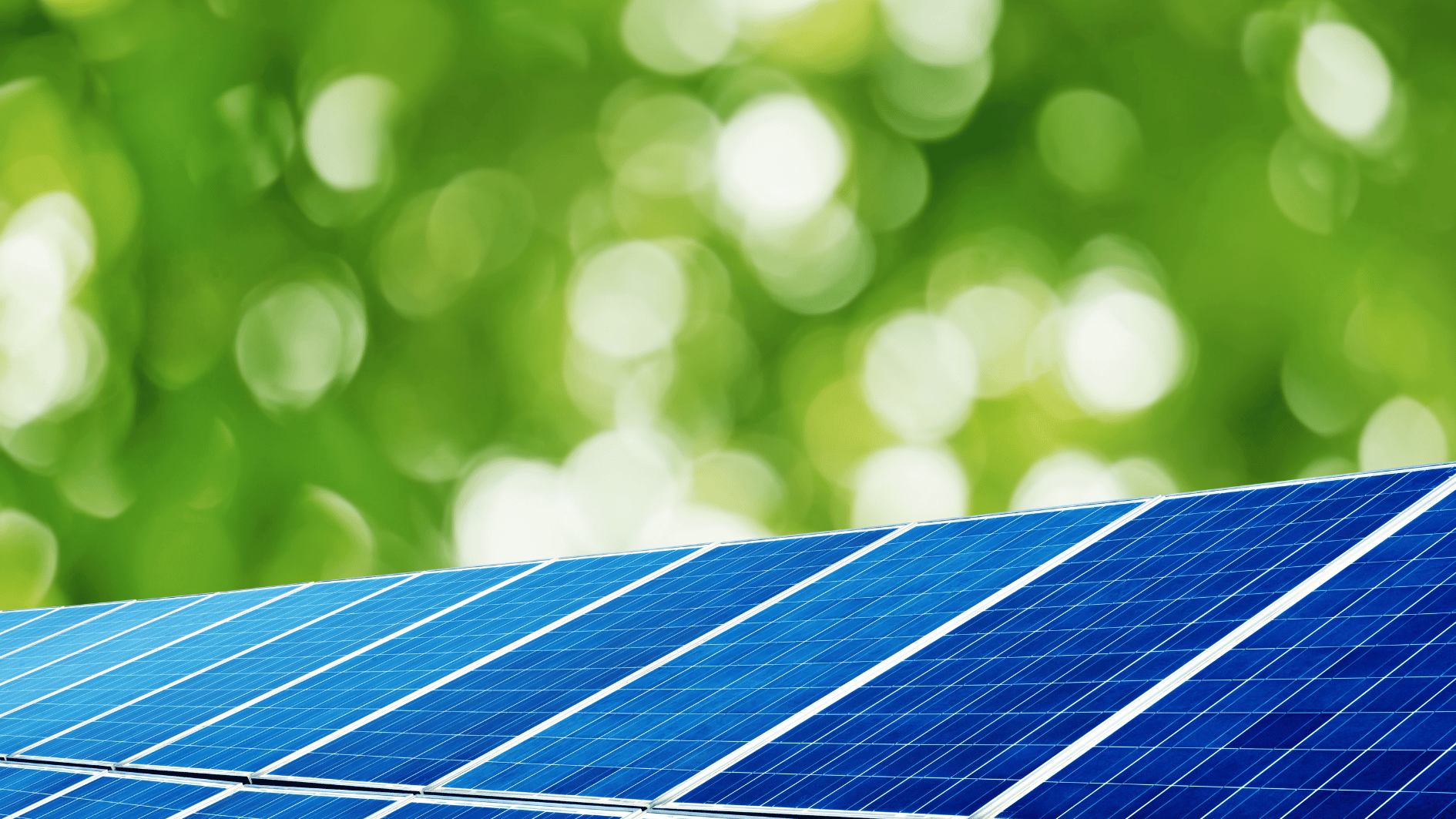The United States saw unprecedented growth in community solar in 2024, adding 1.7 gigawatts (GW) of new capacity. This represents a 35% increase from 2023, making it the most successful year on record for the sector. Community solar projects allow multiple customers – whether homeowners, renters, or businesses – to share the benefits of solar energy without needing to install rooftop panels. Instead, participants subscribe to or own a share of a larger solar array and receive bill credits for the electricity it generates.
Which States Led Community Solar Growth?
The latest report from research firm Wood Mackenzie highlights that more than 80% of new community solar installations in 2024 were concentrated in New York, Maine, and Illinois. These states, backed by strong solar policies and incentive programs, set their own growth records, reinforcing their leadership in the sector. While these programs continue to drive expansion, growth in some established states is slowing, shifting focus to policy developments in new markets to sustain nationwide momentum.
New York
continues to be the national leader, with a well-established program and strong incentives driving growth.
Maine
saw rapid expansion due to policies supporting shared solar ownership and financing models.
Illinois
benefited from new solar-friendly regulations that encouraged broader adoption of community solar projects.
As other states take note of this success, additional community solar programs are expected to emerge across the country, allowing more households to benefit from shared solar solutions.
Why Community Solar is More Important Than Ever
The demand for community solar remains high as nearly half of U.S. households are unable to install their own solar panels due to roof limitations, rental status, or financial barriers. For these households, community solar provides a viable way to access clean, renewable energy while saving 5-15% on electricity costs.
Key Benefits of Community Solar
Lower Electricity Bills
Subscribers receive credits for the energy produced, leading to monthly savings.
No Rooftop Installation Required
Perfect for renters and those with shaded or unsuitable roofs.
Supports Clean Energy Goals
Helps states meet renewable energy targets and reduce carbon emissions.
Expanding Access to Solar Power
Community solar brings solar benefits to a broader audience, including low-income communities.

The Fair Access to Community Solar Act: Expanding Clean Energy for All
What’s Next for Community Solar?
Looking ahead, community solar is expected to grow significantly, with projections indicating that the U.S. could install over 15 GW of new capacity in the next five years. This expansion will largely depend on state-level policies that encourage program development in regions where community solar is still emerging.
New legislative efforts and updated incentive programs will be crucial in ensuring community solar remains an accessible and cost-effective energy solution for millions of Americans. As new states introduce policies to support shared solar projects, the industry is well-positioned for continued expansion and long-term impact on the clean energy transition.
This record-breaking year marks a turning point for community solar, solidifying its role as a key solution for making solar energy more accessible, cost-effective, and scalable.





